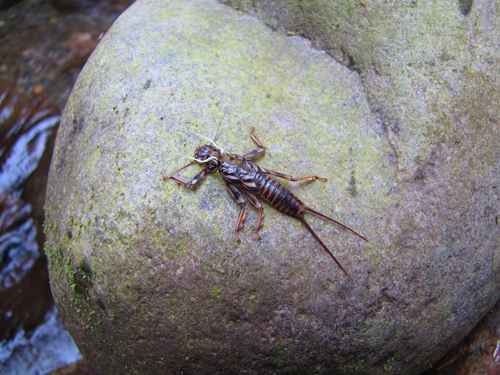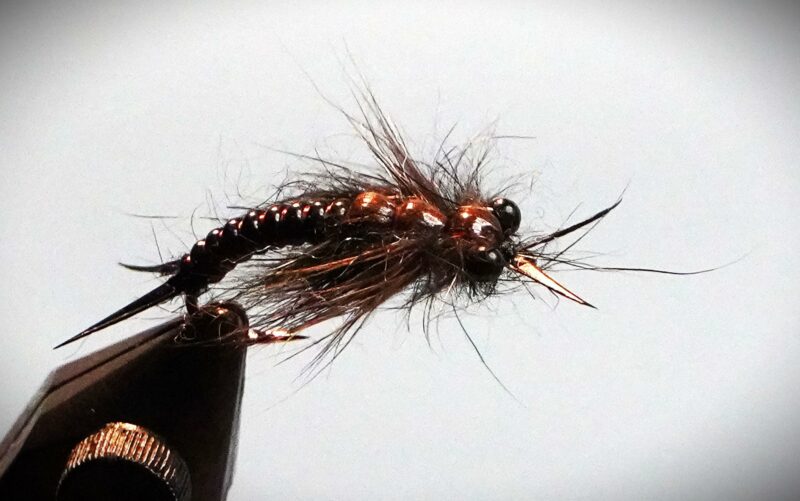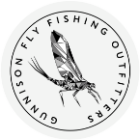STONEFLY
Stonefly Life Cycle and Fly Patterns: a Guide for Gunnison Anglers
The Gunnison River teems with life, and stoneflies are among the most vital insects supporting its ecosystem. For anglers, understanding these aquatic insects is the key to mastering fly fishing. This guide explores the details of stoneflies, their life cycles, and the most effective fly patterns to match the hatch.
The Stonefly: Nature’s Aquatic Indicator
Stoneflies, from the order Plecoptera, are excellent indicators of water quality. Thriving only in clean, oxygen-rich waters, they play a critical role in the food chain, feeding trout and other aquatic predators. Recognizable by their elongated bodies, two long tails, and membranous wings, these insects inhabit rivers and streams like Gunnison. Their sensitivity to pollution makes their presence a reassuring sign for conservationists and anglers alike.
Life Cycle of the Stonefly
Stoneflies follow a fascinating three-stage life cycle: egg, nymph, and adult. Their progression through these stages impacts fishing conditions and determines the type of fly patterns anglers should use.
1. Egg Stage
Female stoneflies deposit eggs in masses, often by skimming the water's surface or crawling to its edge. Each egg mass can contain hundreds to thousands of eggs, which settle into the riverbed. Within a few weeks, these eggs hatch into nymphs, the longest stage of their life cycle.
2. Nymph Stage
Nymphs, the aquatic stage, are the most prominent and long-lived phase of the stonefly. They spend months to several years under water, molting up to 36 times as they grow. Their appearance is distinct: elongated bodies with visible wing pads and filamentous gills on their thoraxes. During this stage, nymphs forage on algae, detritus, and even smaller aquatic insects. As water temperatures rise in late spring and summer, nymphs migrate toward the shoreline to molt into adults, presenting prime feeding opportunities for fish.
3. Adult Stage
After their final molt, stoneflies emerge as winged adults. These short-lived insects, often seen on rocks or vegetation near the water, are focused on reproduction. Male stoneflies use drumming—vibrations created by tapping their abdomens—to attract mates. Once mated, females return to the water to deposit eggs, completing the cycle. Anglers should note that adults are most active during daylight, making dry fly patterns particularly effective.


Fly Patterns for Stonefly Success
Matching your fly patterns to the stonefly’s life stages is essential for success on the Gunnison River. Below are recommended patterns for each stage:
Nymph Patterns
Stonefly nymphs spend most of their lives under water, making them a reliable food source for fish year-round. Patterns that mimic their movement and size are highly effective:
- Pat’s Rubber Legs: Known for its lifelike motion, this pattern is a staple for imitating stonefly nymphs.
- Kaufmann’s Stonefly Nymph: A realistic option, especially during high nymph activity.
- Golden Stone Nymph: Perfect for matching golden stonefly hatches common in Gunnison waters.
Dry Fly Patterns
During adult emergence and egg-laying, dry fly patterns come into play. These patterns imitate the fluttering or resting adults:
- Stimulator: A versatile and buoyant pattern, ideal for mimicking adult stoneflies skimming the surface.
- Chubby Chernobyl: A popular choice for its visibility and buoyancy, imitating large adult stoneflies.
- Skwala Stonefly: Designed to replicate Skwala adults, a species active early in the season.
Emerging and Transition Patterns
When nymphs ascend to the surface or adults crawl out of the water, transitional patterns can be deadly effective:
- Soft Hackle Nymph: Imitates the rising action of stonefly nymphs.
- Beadhead Pheasant Tail: A versatile choice for imitating emerging insects.
Fly Fishing the Gunnison with Stoneflies
Stoneflies are more than just a fly fishing opportunity; they are a testament to the Gunnison River’s pristine health. Observing stonefly activity—whether it’s the nymphs clinging to rocks or the adults skittering across the surface—can transform your fishing strategy. Knowing when and where to use nymph, dry, or emerger patterns will elevate your catch rates and deepen your connection to this remarkable ecosystem.
At Gunnison Fly Fishing Outfitters, we provide the expertise, equipment, and insights to make your stonefly fishing experience unforgettable. Visit us to gear up and learn more about mastering the art of matching the hatch.
